That collection of newspapers in the corner or the closet overflowing with unused items might seem like simple clutter. Still, for many seniors, it can be the beginning of a serious and dangerous pattern.
Hoarding behavior often starts gradually, making it easy to miss the signs until the situation becomes unmanageable and unsafe. Understanding the early warning signs is your most potent tool for intervening with compassion and preventing a loved one’s home from becoming a hazard.
This insightful guide and infographic will help you recognize the red flags and provide practical steps to address clutter before it escalates, ensuring the safety and well-being of your loved one in the home they cherish.
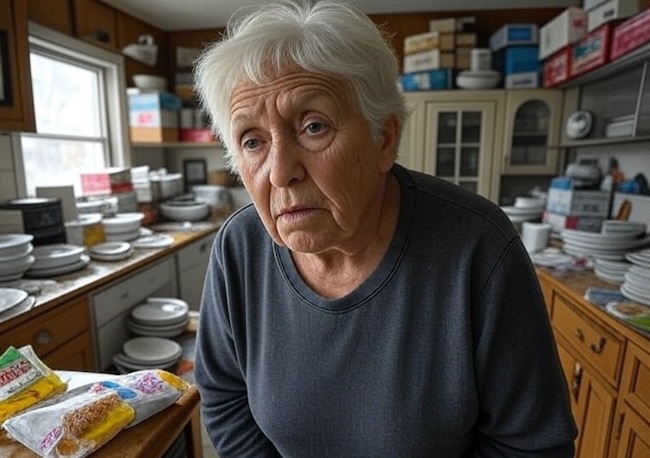
In this guide, we will cover:
✅ 5 subtle red flags (beyond just clutter)
✅ How to start a productive conversation (without conflict)
✅ Step-by-step decluttering strategies that respect their emotions
✅ When to seek professional help
Prevent Hoarding In Seniors By Reducing Clutter
Hoarding often begins as harmless clutter in a few areas of the house. However, for some older adults, that clutter can develop into a hoarding problem. One way to prevent this is to reduce clutter, especially when it starts to cause safety issues.
Hoarding poses dangers such as increased fall risk, preventing emergency workers from assisting your loved one, and unsanitary living conditions. It could also be a sign of a serious condition like Alzheimer’s or dementia.
Is It Hoarding? 5 Early Warning Signs
Hoarding disorder is different from ordinary clutter. Watch for:
- “No empty surfaces” syndrome – Stacks of mail, clothes, or containers covering tables, chairs, and floors.
- Extreme emotional attachment – Panic at discarding expired food or broken items.
- Denial of safety risks – Ignoring fire hazards, moldy food, or blocked exits.
- Social isolation – Avoiding visitors due to embarrassment.
- Dementia-related hoarding – Collecting items excessively but forgetting why.
🔍 Hoarding isn’t about the stuff—it’s about fear. Seniors aren’t being ‘difficult’; they’re trying to feel safe. — Dr. Randy Frost, Hoarding Disorder Expert

How to Help (Without the Backlash)
Do’s:
✔ Start small – Focus on one drawer, not the whole house.
✔ Ask, don’t demand – “Could we tidy this corner so your walker fits?”
✔ Validate emotions – “I know this is hard. Let’s keep what matters most.”
Don’ts:
✖ Throw things away secretly – Breaks trust and increases anxiety.
✖ Shame or criticism – “How can you live like this?” worsens things.
✖ Rush the process – Decluttering may take months.
💡 For dementia-related hoarding: Use “chunking” (small sections at a time) and keep favorite items visible.
VIDEO: Is My Mom a Hoarder?
When to Call a Professional
Seek help if:
⚠ The home has structural damage, pests, or rotting food.
⚠ Your loved one neglects hygiene or medical care due to clutter.
⚠ Family arguments escalate with no progress.
Resources:
National Association of Professional Organizers (NAPO) – Find senior specialists.
Institute for Challenging Disorganization (ICD) – Hoarding-trained experts.
Bonus: Scripts for Tough Conversations
💬 “I’m worried about your safety. Could we clear just this path together?”
💬 “Let’s keep your favorite things and donate the rest to people in need.”
Final Thoughts
Addressing clutter with a loved one requires patience, empathy, and consistent support. Remember, the goal isn’t a perfectly tidy home, but rather a safe and healthy living environment that preserves their dignity and independence.
By approaching the situation without judgment and focusing on small, manageable steps, you can help prevent clutter from escalating while strengthening your relationship. Your compassionate support can make all the difference in creating a home that remains a source of comfort, not concern.
You might also like:
— How to Help Seniors Who Are Hoarders
— Declutter Your Older Adult’s Living Space
— Get Rid of Junk Mail to Prevent Elder Fraud
About the Author

Connie is the founder of DailyCaring.com and was a hands-on caregiver for her grandmother for 20 years. (Grandma made it to 101 years old!) She knows how challenging, overwhelming, and all-consuming caring for an older adult can be. She also understands the importance of support, especially in the form of practical solutions, valuable resources, and self-care tips.
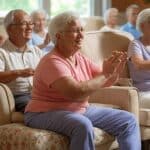


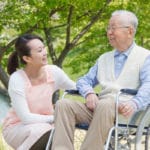








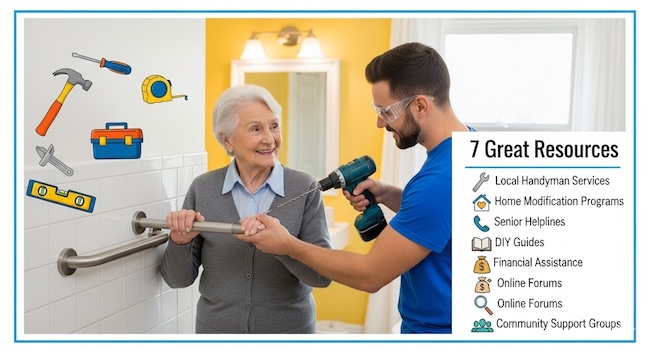
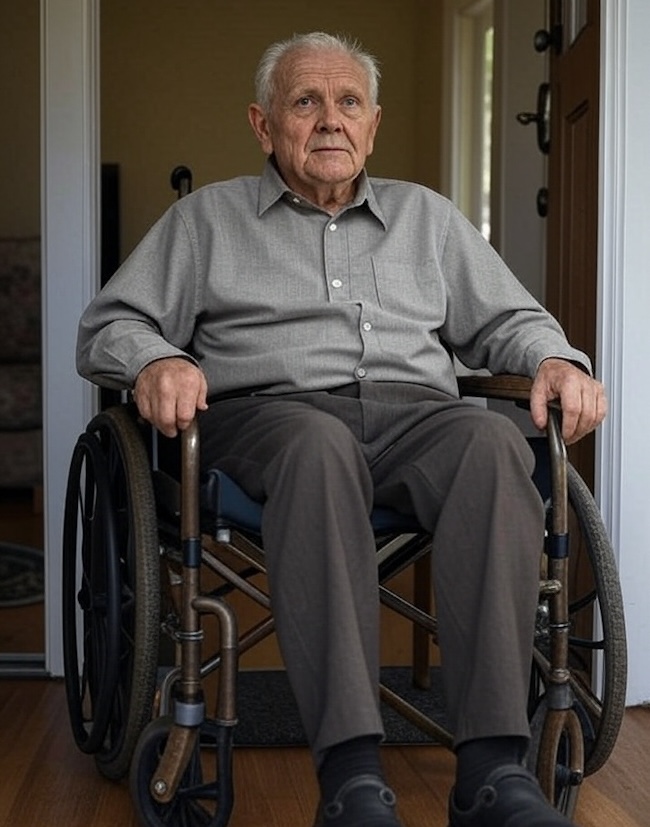
Great article! I’ll check out the resources.